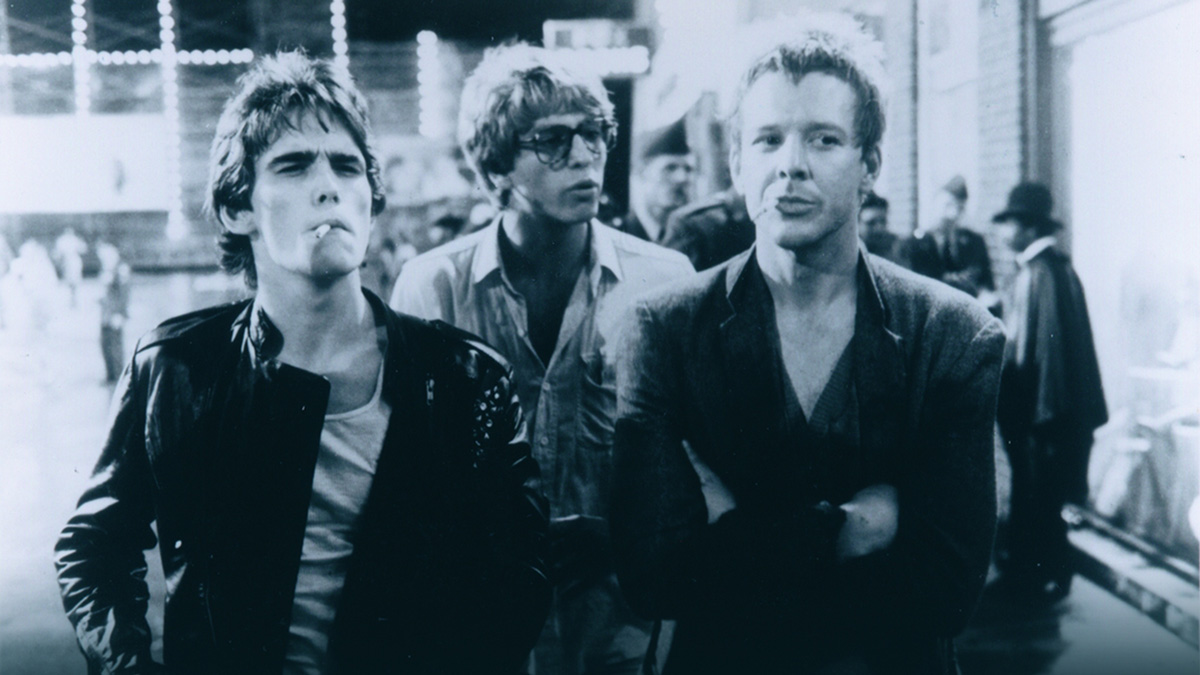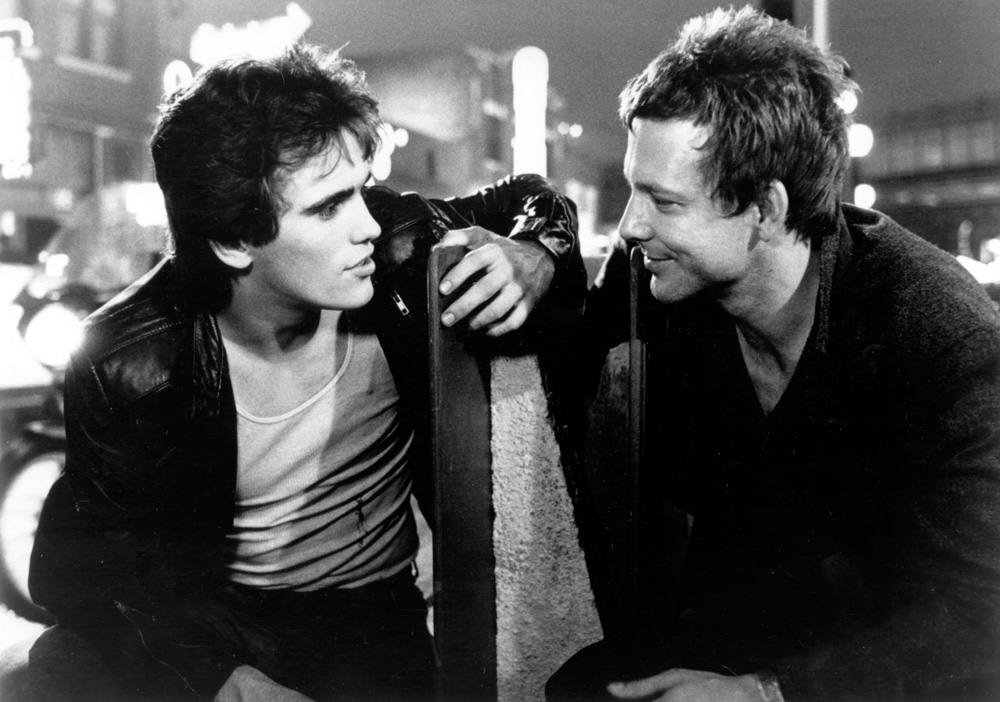
(C) 1993 Hot Weather Films. All Rights Reserved.
Is "Rumble Fish" an experimental film in the 1980s youth film boom a success or a failure? What is the director's thoughts behind the black and white film?
2019.12.18
Video design tailored to motorcycle boys
The entire story is in black and white, as it is told from the perspective of the older brother who cannot distinguish colors. Even the monochrome images have clear brightness and darkness, and the contrast is very strong. According to an interview with the director, the method he chose was based on the setting of the character and because he wanted to create a poetic beauty, and many of the people who saw it were inspired by old works such as German Expressionism and Orson Welles. He thinks of great black and white movies, but he doesn't have a particular style in mind. However, in order to create the shadows he wanted, there were scenes where he not only used lighting but also painted them black, so he must have been very particular about it.
Also, in scenes where multiple people are shown on one screen, pan focus (the entire screen is in focus; the appearance differs from that of humans; a lot of lighting is required) is often used. There is. Just as in ``Citizen Kane,'' the combination of black and white and pan-focus creates a tense atmosphere with extreme shading gradations and clear visibility, so you can't miss anyone's facial expressions. The video design required a lot of concentration.

"Rumble Fish" (c)Photofest / Getty Images
There are motifs throughout the film, such as Smoke burning on the street and a clock that appears repeatedly, that blend in with each other because they are in black and white, and even though the film is shot almost entirely on location, it has the controlled, artificial feel of a studio shoot.
Only the fighting fish swimming in the aquarium are painted in vivid colors, highlighting the beauty of their partial colors. The betta species is very colorful, with reds and blues. It is said to be a byproduct of continued artificial breeding for the purpose of increasing their ferocity.
In addition, this film also tries out a production style that could not be fully pursued in ` `One from the Heart '', by creating a rough version of the entire film on video before filming, and repainting it later. During the test stage, the actual actor also used rear projection to film scenes of him walking on the road, a paranoid effort that gave the impression of being a bit Coppola-like. Perhaps because of this, the production design of this film is consistent and has a consistent style. I guess you could say that they managed to make up for the failure of ``One from the Heart.''
“One from the Heart” trailer
By the way, the photo book " Tulsa " (71), which captured the real images of teens living in Tulsa and determined Larry Clark's reputation, naturally seems to have had an influence on this work, but Larry Clark's individuality The rawness that comes from the intimacy with the subject stands out, and I suspect that this is a reference to the black and white gradation rather than the shooting method.

